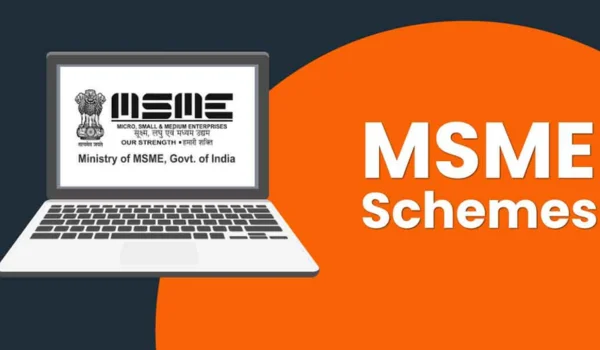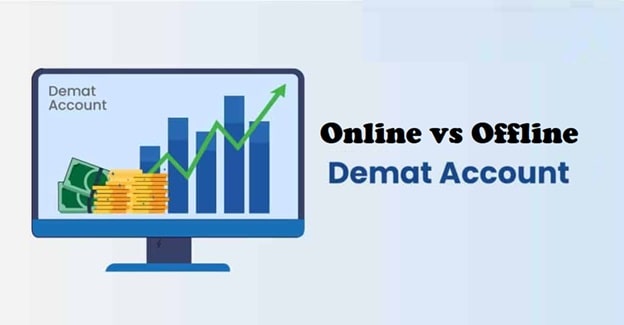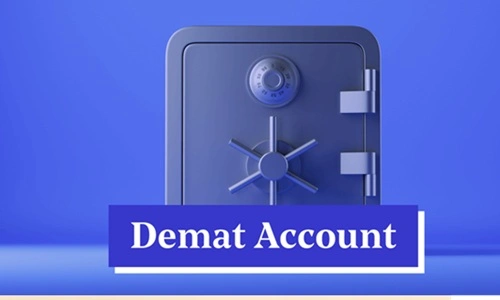Micro, Small, and Medium Enterprises (MSMEs) form the backbone of India’s economy, contributing nearly 30% to the GDP and employing millions across urban and rural regions. Yet, one of the biggest hurdles for MSMEs is access to timely and affordable finance. To bridge this gap, the Government of India has introduced multiple schemes offering collateral-free loans, credit guarantees, subsidies, and green financing support.
As we enter the financial years 2025–26, these schemes are evolving with digital portals, credit guarantee expansions, and sustainability-driven incentives. For entrepreneurs, understanding and leveraging these schemes is critical for growth and survival.
In this article, we will explore the most important government financing schemes for MSMEs in 2025–26, how to apply for them, and why they matter.
For more guides on business, finance, and updates on schemes, you can also check portals like Winnerslist.in which regularly cover trending topics.
Why Government Schemes Matter for MSMEs

Banks and private lenders often perceive MSMEs as risky due to limited collateral and irregular income flows. Government schemes address these issues by:
- Offering collateral-free loans through credit guarantees.
- Providing interest subsidies and capital subsidies.
- Supporting green and sustainable investments.
- Promoting financial inclusion for women, SC/ST, and rural entrepreneurs.
This makes them the most reliable and affordable financing options for small business owners.
Key Government Schemes for MSME Financing in 2025–26
- Credit Guarantee Fund Trust for Micro and Small Enterprises (CGTMSE)
- Objective: Provide collateral-free loans to MSMEs through banks and NBFCs.
- Loan Limit: Up to ₹5 crore (with varying guarantee coverage).
- Benefit: Entrepreneurs without property or collateral can still secure loans.
- 2025 Update: The government expanded the guarantee corpus in the Union Budget, ensuring faster approvals and higher loan ticket sizes.
- Pradhan Mantri Mudra Yojana (PMMY)
- Categories:
- Shishu: Up to ₹50,000 (for early-stage businesses).
- Kishore: ₹50,001 to ₹5 lakh (for growing businesses).
- Tarun: ₹5 lakh to ₹10 lakh (for scaling businesses).
- Target Group: Small traders, shopkeepers, artisans, and micro entrepreneurs.
- Advantage: Quick disbursal and minimal paperwork.
- Why 2025–26 Matters: The government is focusing on digital Mudra loans through UPI-linked apps for quicker access.
- Prime Minister’s Employment Generation Programme (PMEGP)
- Focus: Encourages new micro enterprises by offering credit-linked subsidies.
- Subsidy: 15% to 35% depending on category and location.
- Eligibility: First-time entrepreneurs with viable business ideas.
- 2025 Update: The PMEGP portal is being revamped for smoother applications and subsidy disbursements.
- SIDBI Direct & Green Financing Schemes (MSE-GIFT, 4E, etc.)
- Objective: Promote clean technology adoption and modernization in MSMEs.
- Funding: Direct term loans, working capital, and energy-efficiency financing.
- Special Feature: Additional incentives for adopting renewable energy or pollution-control equipment.
- Why Important: With sustainability now a global priority, green loans give MSMEs a competitive edge.
- Emergency & Special Credit Schemes
- Though the Emergency Credit Line Guarantee Scheme (ECLGS) was launched during COVID-19, the model is being adapted into targeted relief for stressed MSMEs in specific sectors like textiles, hospitality, and export-driven industries.
How to Choose the Right Scheme
- Define Your Need: Is it working capital, new machinery, or a sustainability upgrade?
- Check Eligibility: Location, category (women/SC/ST), and whether it’s a new or existing unit.
- Loan Size: Mudra for smaller needs, SIDBI or CGTMSE for medium to large requirements.
- Subsidy vs Loan: Weigh the time it takes for subsidy approval against urgency of funds.
- Ease of Application: Some schemes have active portals, while others require offline follow-ups at banks or District Industries Centres.
Application Process Simplified
- Get Udyam Registration: Most lenders require this as proof of MSME status.
- Prepare a Business Plan: Include project cost, quotations, and cash flow.
- Select the Right Lender: Prefer banks/NBFCs familiar with CGTMSE or SIDBI.
- Apply Online/Offline: Through portals like PMEGP, Mudra app, or directly via bank branches.
- Track & Follow Up: Government portals now provide application tracking, but personal follow-ups still help.
Production & Policy Backing
Most schemes are run by nodal agencies:
- CGTMSE: Ministry of MSME + SIDBI.
- PMMY (Mudra): Ministry of Finance.
- PMEGP: KVIC, State DICs, and Coir Board.
- SIDBI Schemes: SIDBI (direct lending).
Strong budgetary allocations ensure these schemes continue to expand in 2025–26.
Reasons for Popularity
- High TRP & Awareness: Just like popular TV shows create a fanbase, schemes like Mudra and PMEGP have become household names.
- Audience Connect: They directly impact grassroots entrepreneurs, shopkeepers, and self-employed youth.
- Digital Push: Faster disbursement through portals and fintech tie-ups in 2025 is increasing adoption.
Latest Updates & Upcoming Twists
- AI-powered credit assessment: Banks will use AI models to analyze digital footprints of MSMEs for faster loans.
- Green priority: Expect more tax breaks and subsidies for renewable and energy-efficient projects.
- Women-centric loans: Special allocations for women-led MSMEs are likely to rise in 2025–26 budgets.
FAQs
Q1. Can I apply for more than one MSME scheme at the same time?
Yes, but benefits cannot overlap. For example, you can avail a Mudra loan for working capital and PMEGP subsidy for new project setup.
Q2. Do I need collateral for these loans?
No, schemes like CGTMSE and Mudra are designed for collateral-free lending.
Q3. Are subsidies directly credited to my account?
In most schemes, the subsidy is adjusted with the bank loan repayment.
Q4. Which scheme is best for startups?
PMEGP and Mudra (Shishu/Kishore) are more suited for first-time entrepreneurs.
Conclusion
Government schemes in 2025–26 are becoming more digital, inclusive, and sustainability-focused. Whether you’re a small shop owner, a manufacturer, or a service provider, there is a tailored financing option waiting for you.
The key lies in choosing the right scheme, preparing your documents, and leveraging digital portals for faster access. For entrepreneurs hungry to grow, these schemes are not just funding options but strategic tools to compete in the market.





